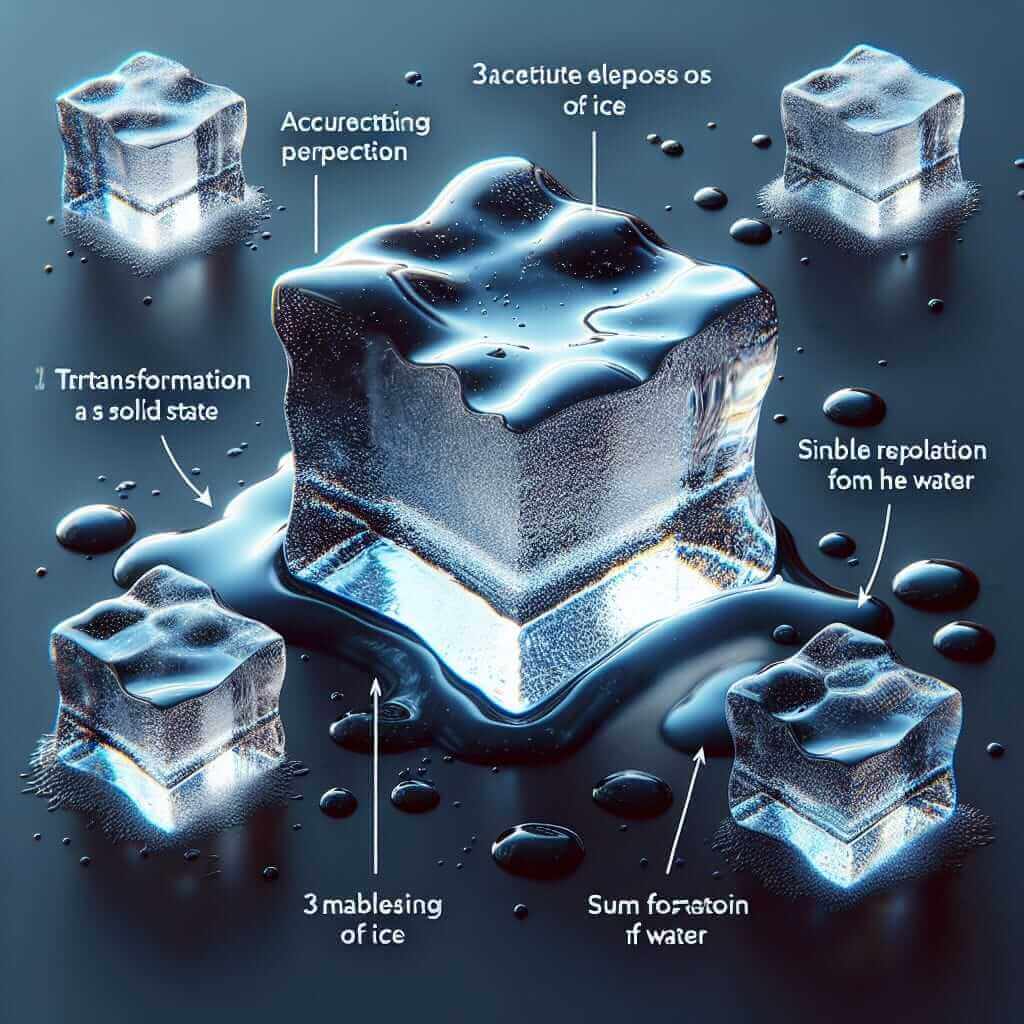The IELTS exam assesses your ability to utilize a wide range of grammatical structures accurately and appropriately. One such structure that often trips up test-takers is the zero conditional. While it sounds deceptively simple – “If you heat water, it boils” – mastering its nuances is crucial for achieving a band score of 7 or higher. This guide will delve into the zero conditional, exploring its formation, usage, and how it can boost your IELTS performance.
Let’s examine how the zero conditional might appear across different sections of the IELTS:
Speaking (Part 1):
Examiner: “Do you like to cook?”
You: “Yes, I do. If I have time, I try to cook a meal from scratch.” (Here, you’re using the zero conditional to talk about a general truth – when you have free time, you cook).
Writing (Task 1):
“As the graph clearly shows, if the temperature increases, the rate of evaporation also rises.” (This sentence uses the zero conditional to describe a scientific fact shown in the data).
Listening:
You might hear a sentence like, “The museum offers free admission if you visit on Tuesdays,” requiring you to understand the condition attached to the free entry.
Understanding the Zero Conditional
At its core, the zero conditional expresses general truths and scientific facts. It highlights a cause-and-effect relationship that always holds true. Think of it as a universal law within a specific context.
Zero Conditional: Form and Function
The Formula:
If/When + Present Simple, Present Simple
Example: If ice melts, it becomes water.

Breaking it Down:
- “If” or “When”: Both conjunctions are interchangeable in the zero conditional, as they both signal a condition that always leads to the same result.
- Present Simple in both clauses: The key here is the consistent use of the present simple tense. It underscores the fact that the relationship between the two clauses is constant and unchanging.
Zero Conditional in IELTS: Where to Use It
1. IELTS Writing (Task 1):
The zero conditional is particularly valuable for describing processes or trends in Task 1.
- Example: “If the demand for a product increases, the price tends to rise.”
2. IELTS Speaking:
Use the zero conditional to express habitual actions or general truths about yourself or the world.
- Example: “When I feel stressed, I find listening to music helps me relax.”
Mastering the Zero Conditional for a Higher Band Score
- Variety is Key: While the zero conditional is useful, don’t overuse it. Employ a mix of sentence structures to demonstrate your grammatical range.
- Beyond ‘If’: Explore other conjunctions that function similarly to ‘if,’ such as ‘unless’ (meaning ‘if not’), ‘provided that’ (meaning ‘only if’), or ‘as long as’ (meaning ‘on the condition that’).
- Example: “Water will boil provided that the temperature reaches 100 degrees Celsius.”
Common Errors and How to Avoid Them:
- Incorrect Tense Use: Using a different tense in one of the clauses is a frequent mistake.
- Incorrect: If you will heat ice, it will melt.
- Correct: If you heat ice, it melts.
- Comma Usage: Use a comma after the ‘if’ clause when it comes before the main clause. No comma is needed if the order is reversed.
- Correct: If you practice regularly, your English will improve.
- Correct: Your English will improve if you practice regularly.
Conclusion
The zero conditional, though seemingly basic, is a powerful tool for showcasing your command of English grammar in the IELTS. By understanding its form, function, and appropriate usage, you can confidently incorporate it into your writing and speaking, paving the way for a higher band score. Remember to practice using the zero conditional in various contexts to solidify your understanding and boost your IELTS performance.